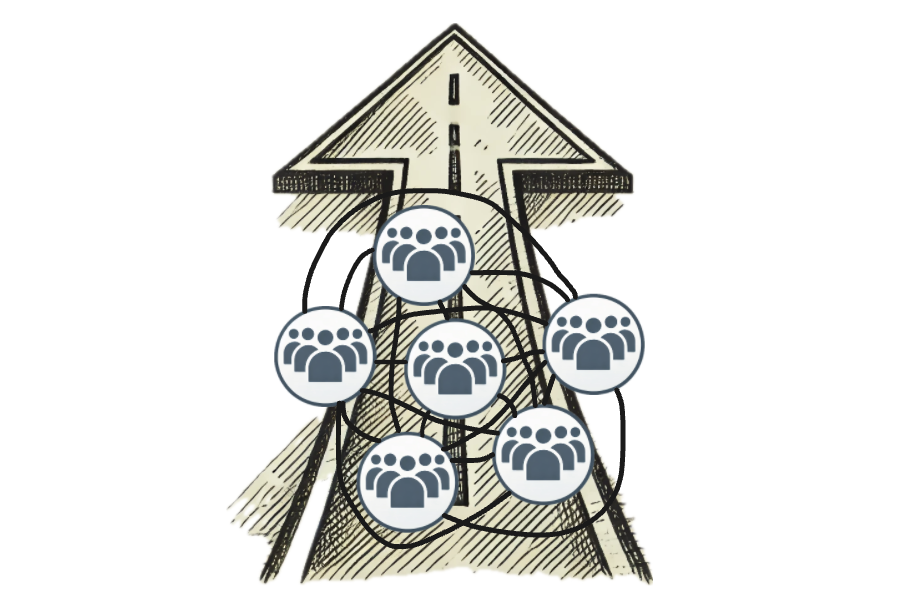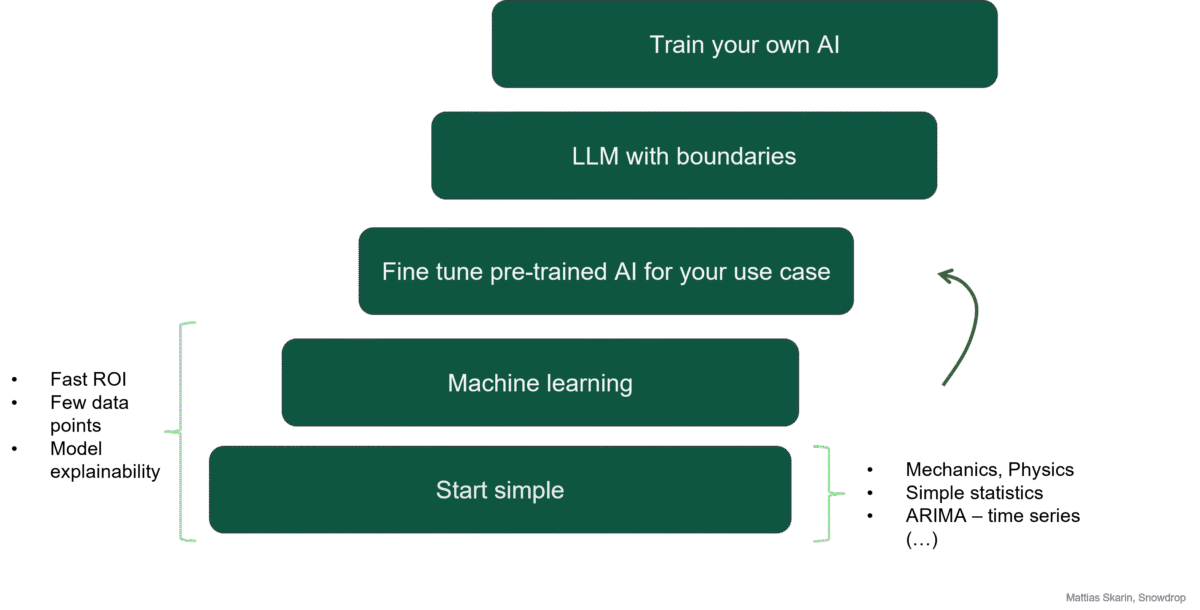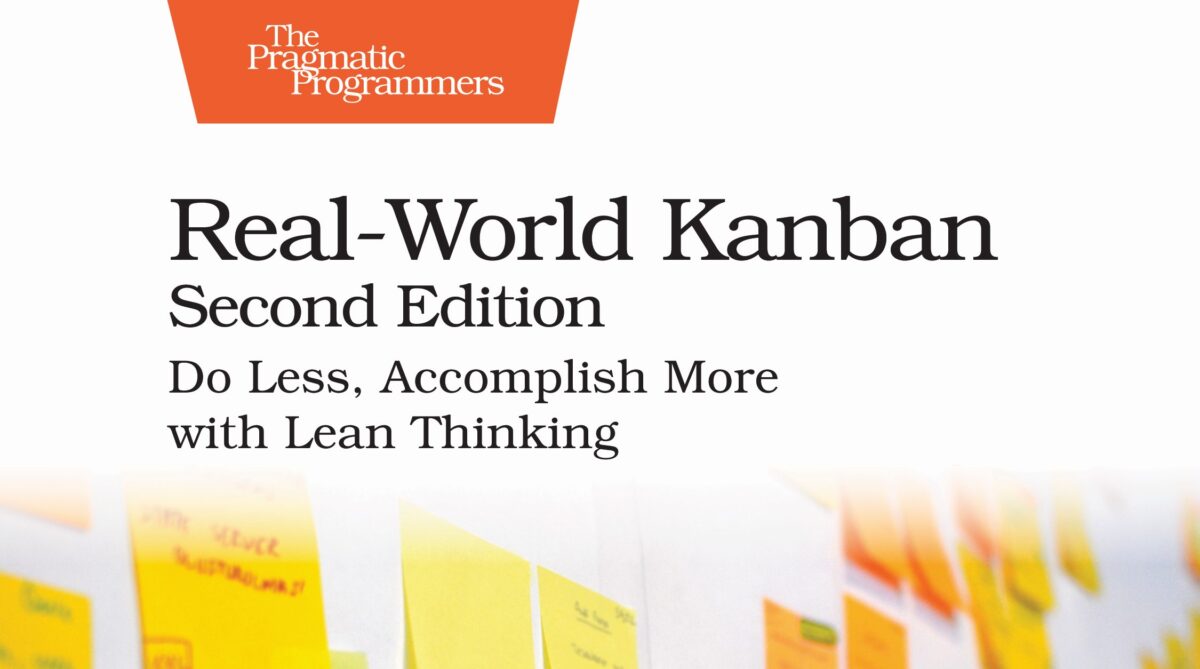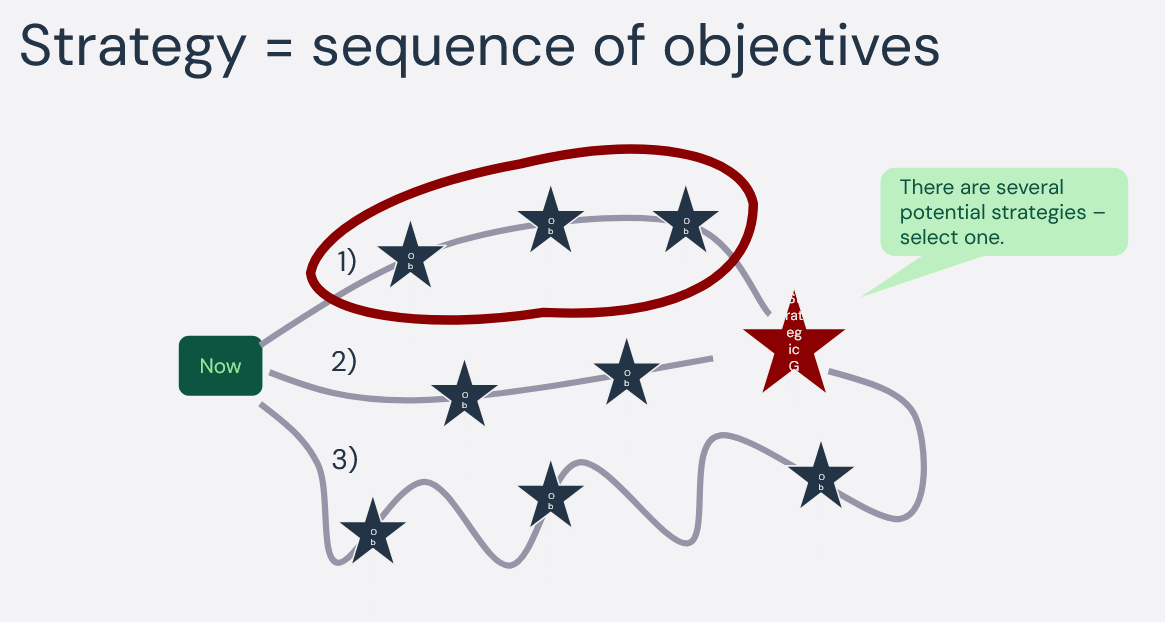Ever wondered how major tech companies consistently innovate and maintain their competitive edge over time? Many of these companies leverage a Product Operating Model. This concept, popularized by influential works such as Marty Cagan’s books and work in SVPG, has inspired countless organizations to rethink how they manage product development. The shift is from a delivery-focused approach to one that is customer-centric and results-driven. This transformation requires teams to move away from merely executing tasks and take ownership of achieving meaningful outcomes.
The Product Operating Model is a mindset and approach to running a business. It’s not a rigid framework or blueprint to copy, but rather a set of guiding principles that help shape how you operate. These principles may vary depending on whom you ask, but here’s my perspective on the key elements:
1. Unleash the Power of Teams
The strength of the product operating model lies in empowering teams to operate autonomously. Research shows that teams outperform individuals when tackling complex problems. By leveraging the collective intelligence, creativity, and collaboration within a team, you can navigate today’s increasingly complex business landscape more effectively. In a world where complexity is a constant, putting diverse teams on problem-solving drives superior results.
2. Embrace Small, Modular Components
To remain agile and adaptable, businesses should be built around small, self-contained modules. These modules could represent areas of responsibility, microservices, or distinct functions. This modularity enables easier restructuring, rebuilding, or even removal, allowing the organization to evolve seamlessly with market changes. The smaller the unit, the more flexible and resilient the organization becomes.
3. Leverage Data Insights
Data-driven decision-making is a core principle of product operating model. Teams use data not just to track performance but to identify problems, generate solutions, and validate outcomes. The more insights you gather, the better informed your decisions will be. Without these insights, you risk missing the mark on what your customers truly need. In complex environments, experimentation through data is the most effective way to refine and optimize your product.
Full Accountability Across the Product Lifecycle
In the product operating model, teams take complete ownership of the product throughout its lifecycle—from conception and development to continuous improvement and eventual decommissioning. This means not only building the product but also taking responsibility for its impact on the business. Teams are accountable for both the process and the results, ensuring alignment between the product’s success and the business’s objectives.
The Startup Mentality: Accountability and Ownership
The product operating model can be compared to the mindset of a small startup, where each team member is responsible for solving problems and delivering results. There’s no reliance on external departments or individuals—the team is self-sufficient and fully accountable for the success of the product. This ownership mentality drives greater engagement, accountability, and innovation within the team.
In essence, it is a team-centric operating model that empowers teams to take full control of their products, drive innovation through data, and stay adaptable in a constantly evolving market.
There are of course more to it than what is described here, the details will follow in more posts around the Product Operating Model.




